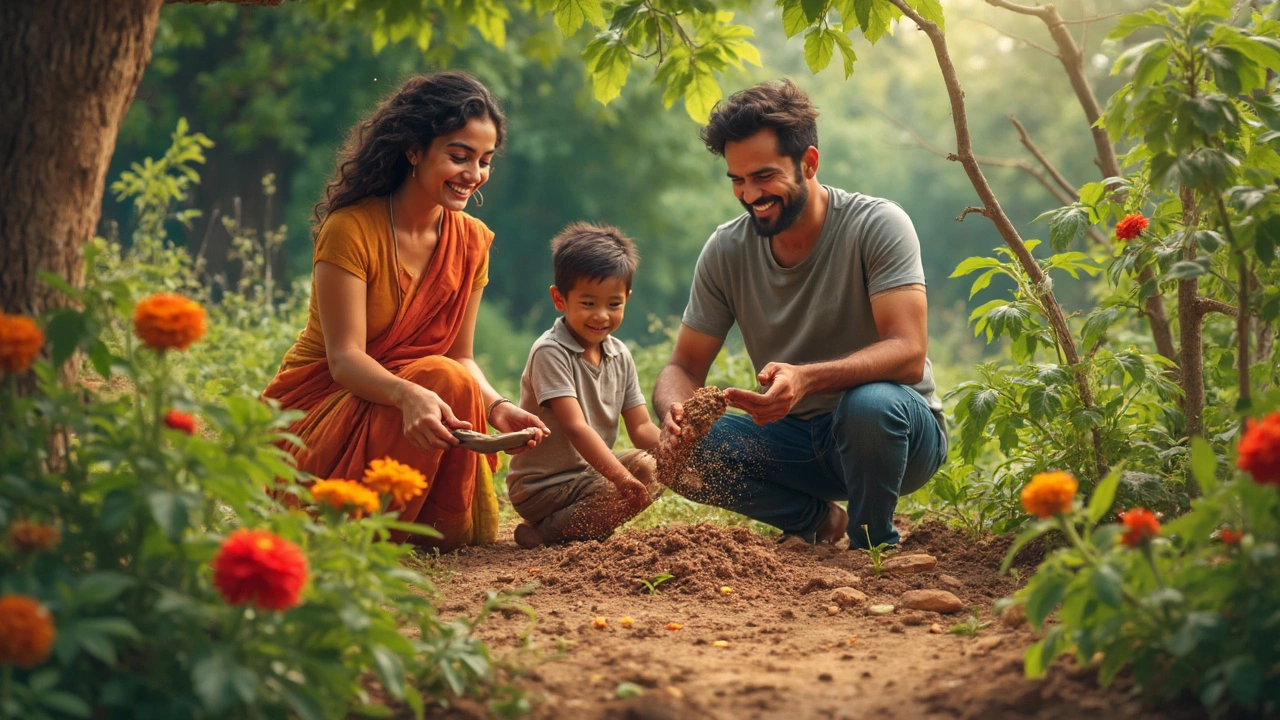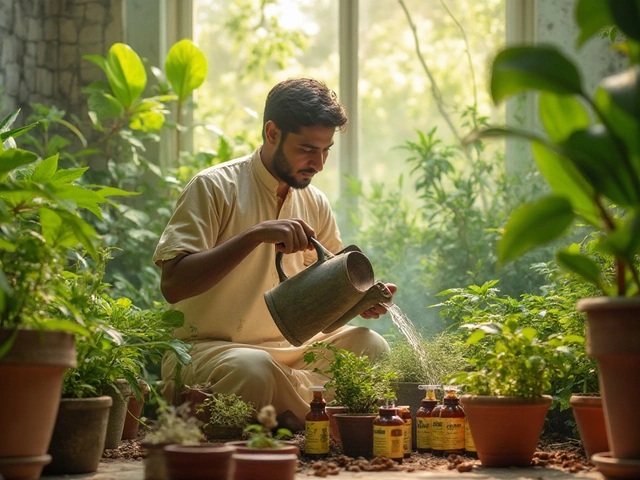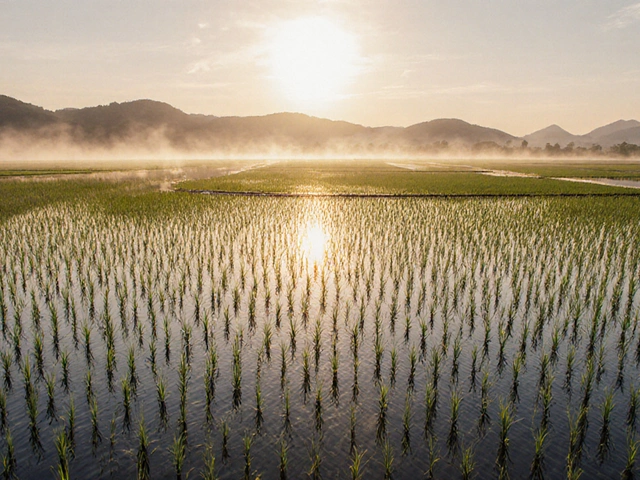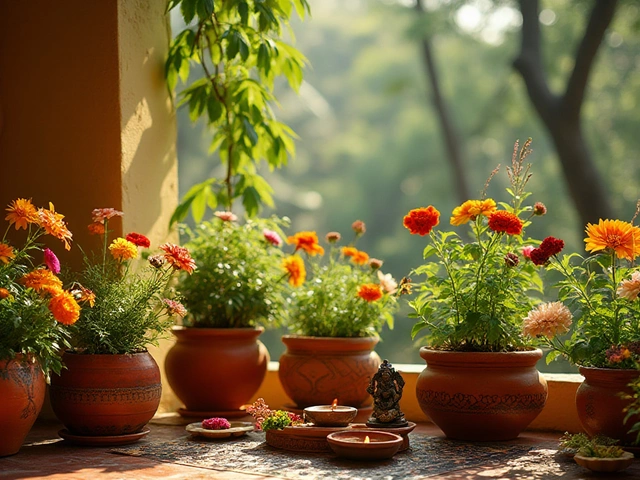Garden Improvement: Simple Steps to a Healthier Garden
Want a garden that looks good and stays strong all year? It all starts with a few easy changes you can make right now. Whether you have a big backyard or a tiny balcony, the right soil, water, and layout make a huge difference.
Improve Soil and Water Management
Heavy, compacted soil chokes roots. Lighten it by mixing in compost, sand, or well‑rotted manure. A quick test: scoop a handful of soil, squeeze—if it forms a solid ball, it’s too dense. Add a cup of compost per ten square feet and work it in gently.
Next up, water. Drip irrigation delivers water right to the root zone, saving up to 50 % of water compared to sprinklers. When you install drip lines, bury them about 2‑3 inches deep for most garden beds; deeper burial (4‑6 inches) protects them from sun and foot traffic in hotter zones. Use a pressure regulator to keep flow steady and avoid blockages.
If you’re on a balcony, a vertical garden saves space and improves air flow. Mount a lightweight trellis or use pocket planters, then hang herbs, strawberries, or small leafy greens. Position the setup where it catches morning sun and gets some afternoon shade—most Indian balconies face west, so a shade cloth can prevent leaf scorch.
Smart Space Solutions
Small spaces need clever layouts. Try a “Z” pattern for pathways: it lets you reach every plant without stepping on soil. Add fold‑down benches that double as storage for tools and pots. This way you keep the garden tidy and have a spot to sit and enjoy your work.
Companion planting is another win‑win. Pair tomatoes with basil or carrots with onions; the mix repels pests and boosts flavor. It’s a low‑cost way to improve yields without chemicals.
Don’t forget mulch. A 2‑inch layer of straw, dry leaves, or coconut coir locks moisture, suppresses weeds, and adds organic matter as it breaks down. Mulch also keeps soil temperature stable, which is crucial during Indian summer peaks.
Finally, keep an eye on plant health. Look for yellowing leaves, wilting, or spots—these are early signs of nutrient deficiencies or pest issues. A quick spray of neem oil or a dash of compost tea can turn things around fast.
By tweaking soil, using drip irrigation, and designing your space wisely, you’ll see faster growth, fewer weeds, and a garden that feels rewarding to work in. Start with one change today, and watch your garden transform step by step.

Cheapest Way to Amend Garden Soil: Simple Fixes That Actually Work
Looking to make your garden soil better without spending a fortune? This article cuts through the fluff and digs into only the most effective, cheapest methods to boost your soil's health. You'll get tricks that use stuff you probably already have at home or can snag for free. Whether your soil is too sandy or packed like clay, these fixes will help your plants thrive. Bonus: most tips don't even require heavy lifting.
About
Soil Improvement
Latest Posts


Can You Grow Rice in America?
By Alden Thorne Feb 28, 2025

Ideal Land for Growing Rice: Best Soil Types & Conditions
By Alden Thorne Oct 19, 2025

Which Flower Is Most Grown in India? The Top Cultivated Bloom and Why It Dominates
By Alden Thorne Oct 30, 2025
